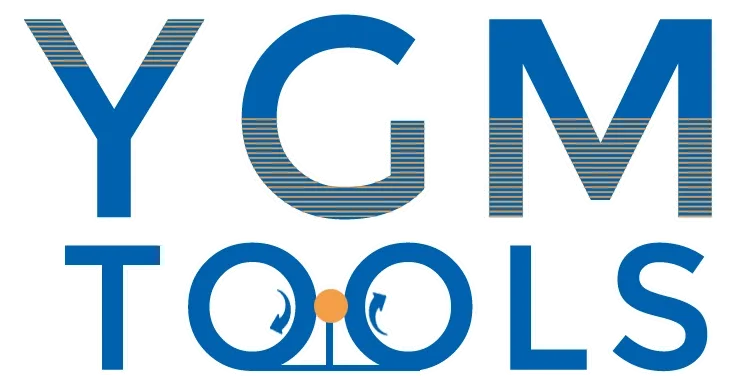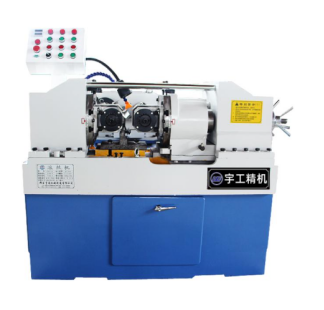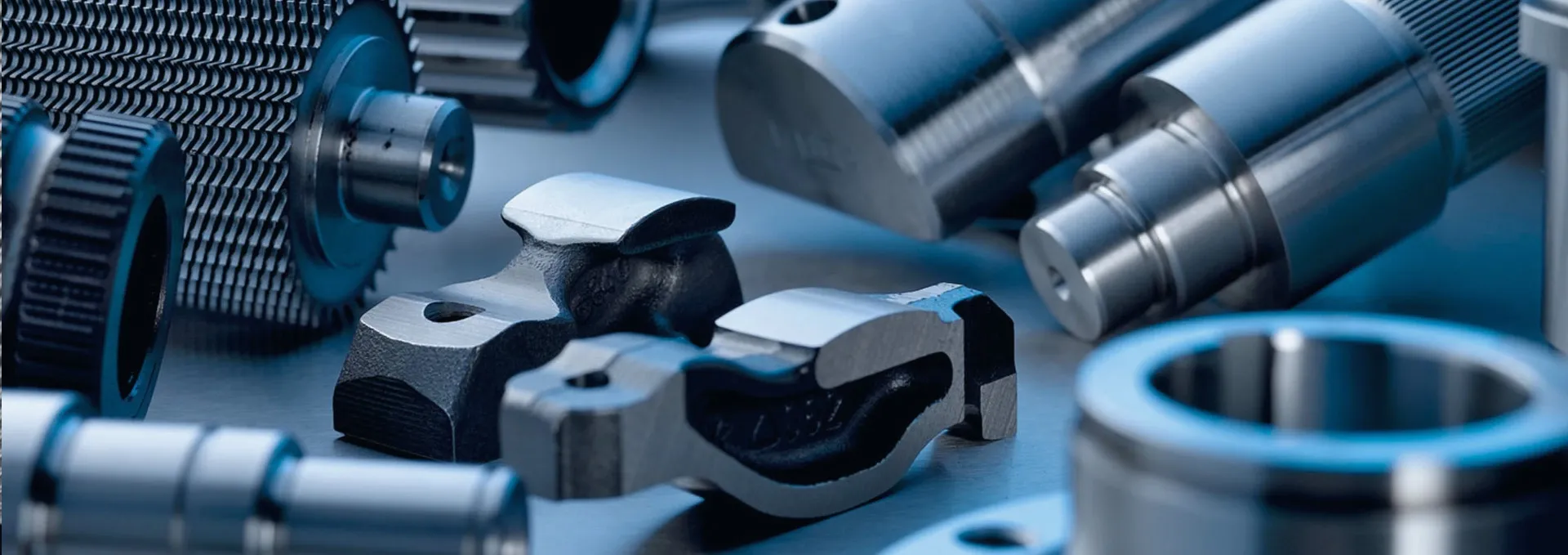
-
 Afrikaans
Afrikaans -
 Albanian
Albanian -
 Amharic
Amharic -
 Arabic
Arabic -
 Armenian
Armenian -
 Azerbaijani
Azerbaijani -
 Basque
Basque -
 Belarusian
Belarusian -
 Bengali
Bengali -
 Bosnian
Bosnian -
 Bulgarian
Bulgarian -
 Catalan
Catalan -
 Cebuano
Cebuano -
 Corsican
Corsican -
 Croatian
Croatian -
 Czech
Czech -
 Danish
Danish -
 Dutch
Dutch -
 Englanti
Englanti -
 Esperanto
Esperanto -
 Estonian
Estonian -
 Finnish
Finnish -
 French
French -
 Frisian
Frisian -
 Galician
Galician -
 Georgian
Georgian -
 German
German -
 Greek
Greek -
 Gujarati
Gujarati -
 Haitian Creole
Haitian Creole -
 hausa
hausa -
 hawaiian
hawaiian -
 Hebrew
Hebrew -
 Hindi
Hindi -
 Miao
Miao -
 Hungarian
Hungarian -
 Icelandic
Icelandic -
 igbo
igbo -
 Indonesian
Indonesian -
 irish
irish -
 Italian
Italian -
 Japanese
Japanese -
 Javanese
Javanese -
 Kannada
Kannada -
 kazakh
kazakh -
 Khmer
Khmer -
 Rwandese
Rwandese -
 Korean
Korean -
 Kurdish
Kurdish -
 Kyrgyz
Kyrgyz -
 Lao
Lao -
 Latin
Latin -
 Latvian
Latvian -
 Lithuanian
Lithuanian -
 Luxembourgish
Luxembourgish -
 Macedonian
Macedonian -
 Malgashi
Malgashi -
 Malay
Malay -
 Malayalam
Malayalam -
 Maltese
Maltese -
 Maori
Maori -
 Marathi
Marathi -
 Mongolian
Mongolian -
 Myanmar
Myanmar -
 Nepali
Nepali -
 Norwegian
Norwegian -
 Norwegian
Norwegian -
 Occitan
Occitan -
 Pashto
Pashto -
 Persian
Persian -
 Polish
Polish -
 Portuguese
Portuguese -
 Punjabi
Punjabi -
 Romanian
Romanian -
 Russian
Russian -
 Samoan
Samoan -
 Scottish Gaelic
Scottish Gaelic -
 Serbian
Serbian -
 Sesotho
Sesotho -
 Shona
Shona -
 Sindhi
Sindhi -
 Sinhala
Sinhala -
 Slovak
Slovak -
 Slovenian
Slovenian -
 Somali
Somali -
 Spanish
Spanish -
 Sundanese
Sundanese -
 Swahili
Swahili -
 Swedish
Swedish -
 Tagalog
Tagalog -
 Tajik
Tajik -
 Tamil
Tamil -
 Tatar
Tatar -
 Telugu
Telugu -
 Thai
Thai -
 Turkish
Turkish -
 Turkmen
Turkmen -
 Ukrainian
Ukrainian -
 Urdu
Urdu -
 Uighur
Uighur -
 Uzbek
Uzbek -
 Vietnamese
Vietnamese -
 Welsh
Welsh -
 Bantu
Bantu -
 Yiddish
Yiddish -
 Yoruba
Yoruba -
 Zulu
Zulu
Bolt Rolling Machine Noise Reduction Methods
In the demanding world of metal forming and fastener production, efficiency and precision are paramount. However, the powerful processes involved, particularly in bolt rolling machine operations, often generate significant noise levels. This noise can impact operator comfort, workplace safety, and compliance with environmental regulations. As a leading manufacturer with nearly three decades of experience, Hebei Moto Machinery Trading Co., Ltd., renowned for its "Yugong" and "Baofeiluo" brands, recognizes this challenge. We are deeply committed to not only providing high-precision, cost-effective machinery like our two-axis and three-axis thread rolling machines, spline machines, diameter reducing machines, and hollow grouting anchor production lines but also to advancing technologies that enhance the working environment. Reducing operational noise is a critical aspect of this commitment, reflecting our dedication to quality, innovation, and customer satisfaction across our 26,000 square meter facility, which boasts an annual output value of 120 million yuan and stocks over 300 models.

Noise Generation in Modern Bolt Rolling Machine
The characteristic high noise levels in bolt rolling machine operations stem from several core mechanisms inherent to the cold forming process.
- Primarily, the plastic deformation of the metal blank as it is forced between rotating dies creates intense pressure fluctuations and vibrations. This metal-to-metal contact under extreme load is a major acoustic energy source.
- Secondly, impacts occur during the initial engagement of the blank with the dies and potentially during the ejection cycle. These sudden force applications generate sharp, impulsive noise.
- Thirdly, the high rotational speeds of the dies, essential for productivity, can induce vibrations in the machine structure itself if not meticulously controlled. These vibrations radiate sound, contributing to the overall noise level. Finally, auxiliary systems like hydraulic power units, cooling pumps, and material handling conveyors add their own background noise signatures. Addressing noise effectively requires a holistic approach targeting each of these generation points within the complex dynamics of circular thread rolling machine systems and their variants.
Advanced Engineering Solutions for Bolt Thread Rolling Machine
Hebei Moto Machinery leverages its 28 years of manufacturing expertise to integrate noise reduction directly into the design and engineering of its bolt thread rolling machine range.
- This begins with Precision Engineering and Rigidity: Our machines feature massively robust frames and bed constructions, often utilizing high-grade cast iron known for its excellent damping properties. Critical components like spindles, gearboxes, and die heads are manufactured to extremely tight tolerances using advanced CNC machining centers. This precision minimizes play and misalignment, fundamental causes of vibration and consequent noise. Enhanced structural rigidity ensures forces are contained efficiently, reducing flex and vibration transmission.
- Secondly, Vibration Damping and Isolation are crucial. We incorporate specialized damping materials within the machine structure and at strategic mounting points. High-performance vibration isolation mounts are used between major assembliesand between the entire machine and the factory floor. These mounts absorb vibrational energy before it can radiate as sound. Internal components may also utilize constrained layer damping treatments.
- Thirdly, Optimized Die Design and Engagement plays a significant role. Our engineering team focuses on die geometry and surface treatments that promote smoother material flow during the rolling process, reducing friction-induced noise and vibration. Precise control over the engagement profile of the dies minimizes impact forces at the start of the cycle. For circular thread rolling machinetypes, ensuring perfect die concentricity and balance is paramount to prevent imbalance-related noise.
Innovative Noise Control for Circular Thread Rolling Machine Operations
While robust machine design forms the foundation, effective noise control in operational settings, especially for high-production circular thread rolling machine lines, often requires additional measures:
- Acoustic Enclosures and Partial Shields: Custom-engineered acoustic enclosures built from sound-absorbing and barrier materials can significantly reduce noise escaping from the machine. These can be full enclosures or partial shields strategically placed around the noisiest areas, such as the die engagement zone. Designs incorporate viewing windows (using acoustic laminated glass), access doors for maintenance, and ventilation with acoustic baffles to prevent overheating while maintaining noise reduction. For machines integrated into automated lines, the enclosure design considers material feeding and part ejection paths.
- Sound-Absorbing Panels and Linings:Applying high-performance sound-absorbing materials (like specialized foams or mineral wool composites) directly to the inner surfaces of machine guards, cabinet doors, and even within the base structure helps absorb sound waves generated internally before they escape. This is a highly effective supplementary measure.
- Hydraulic System Silencing:Noise from hydraulic power units (HPUs) is a common contributor. We specify and integrate low-noise hydraulic pumps and motors. HPUs are often housed in separate, acoustically treated enclosures. Optimized hydraulic circuit design minimizes pressure surges and flow turbulence, further reducing noise. Flexible, damped hydraulic line mounting prevents vibration transmission.
- Maintenance Protocols for Quiet Operation:Regular and meticulous maintenance is critical for sustained noise control. Our comprehensive after-sales service emphasizes protocols including precise alignment checks, timely bearing replacements, lubrication schedules optimized for both performance and noise, and die inspection/refurbishment to maintain smooth operation and prevent noise-increasing wear. Proper tensioning of belts and chains is also essential.
FAQs about Bolt Rolling Machine
What are the typical noise levels of your standard bolt thread rolling machine without additional mitigation?
Noise levels vary significantly based on machine size, model (two-axis, three-axis, circular thread rolling machine), material being processed, and operating speed. We strongly recommend implementing the noise reduction strategies discussed to achieve significant reductions.
Can existing bolt rolling machine models be retrofitted with noise reduction features?
Absolutely. Hebei Moto Machinery offers a range of retrofit solutions. These can include adding acoustic enclosures or partial shields, upgrading to vibration isolation mounts, applying sound-absorbing linings to existing guards and cabinets, and optimizing hydraulic system components for quieter operation. Our technical service team can assess specific machines and recommend the most effective retrofit package.
What specific noise reduction advantages do circular thread rolling machine designs offer?
The continuous rotary motion inherent in circular thread rolling machine designs often results in smoother operation compared to some reciprocating types, potentially leading to lower vibration and noise generation, especially when engineered with precision balancing and optimized die engagement. However, their high rotational speeds still require robust damping, isolation, and enclosure strategies for optimal noise control in demanding production environments.
How does regular maintenance impact the noise output of a bolt thread rolling machine?
Regular maintenance is paramount for noise control. Worn bearings, misaligned components, loose fasteners, unbalanced dies, degraded vibration mounts, and insufficient lubrication all contribute significantly to increased vibration and noise. Adhering strictly to our recommended maintenance schedules ensures components operate smoothly and quietly, preventing noise escalation over time. Our after-sales teams provide detailed protocols and support.
What are the most cost-effective first steps to reduce noise on a bolt rolling machine?
Prioritize maintenance: ensure perfect alignment, replace worn bearings and mounts, and maintain proper lubrication. Next, investigate applying sound-absorbing materials to the inside of existing machine guards and cabinet panels – this is relatively low-cost and effective. Ensure the machine is installed on a solid foundation and consider adding high-quality vibration isolation pads if not already present. These steps often yield noticeable improvements before investing in larger solutions like full enclosures.
Noise reduction in bolt and thread rolling operations is not merely a regulatory requirement; it's an investment in operator well-being, workplace safety, and overall productivity. Hebei Moto Machinery Trading Co., Ltd., with its 28-year legacy embodied by the "Yugong" and "Baofeiluo" brands, approaches this challenge through a multi-faceted strategy. By integrating precision engineering, vibration damping, and structural rigidity into the core design of our bolt rolling machine products, we establish a solid foundation for quiet operation.
Crucially, we emphasize that sustained low-noise performance relies on diligent maintenance, supported by our comprehensive after-sales service network.We are dedicated to providing solutions that enhance the entire manufacturing environment, ensuring our customers receive not just a machine, but a partner invested in their long-term success and the well-being of their workforce. We thank our customers worldwide for their trust and continue to innovate, striving to set new benchmarks in performance, value, and responsible manufacturing.
